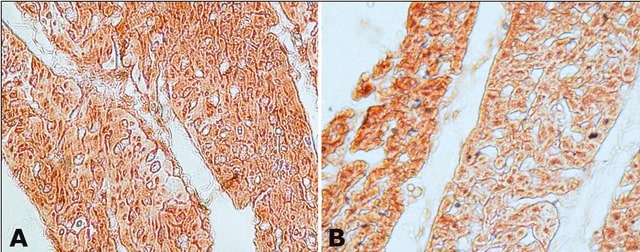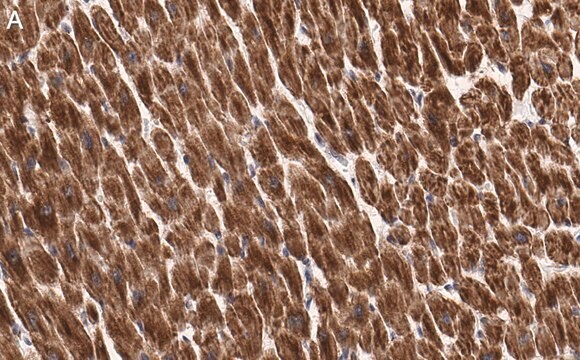SRP5089
TBK1, active, GST tagged human
PRECISIO® Kinase, recombinant, expressed in baculovirus infected Sf9 cells, ≥70% (SDS-PAGE), buffered aqueous glycerol solution
Sinónimos:
FLJ11330, NAK, T2K
Iniciar sesiónpara Ver la Fijación de precios por contrato y de la organización
About This Item
Código UNSPSC:
12352204
NACRES:
NA.32
Productos recomendados
recombinante
expressed in baculovirus infected Sf9 cells
Línea del producto
PRECISIO® Kinase
Ensayo
≥70% (SDS-PAGE)
Formulario
buffered aqueous glycerol solution
actividad específica
259-351 nmol/min·mg
mol peso
~105 kDa
Nº de acceso NCBI
Condiciones de envío
dry ice
temp. de almacenamiento
−70°C
Información sobre el gen
human ... TBK1(29110)
Descripción general
TBK1 (TANK-binding kinase 1) gene is located on human chromosome 12q14. It is a serine/threonine protein kinase. The encoded protein has a kinase domain, a ubiquitin-like domain, an α-helical scaffold dimerization domain and a small adaptor-binding motif.
Acciones bioquímicas o fisiológicas
TBK1 (TANK-binding kinase 1) can phosphorylate numerous proteins, like optineurin, P62 (sequestosome 1) and interferon regulatory factor 3 (IRF3). It participates in various signaling pathways, namely, autophagy, antiviral and antibacterial innate immunity responses, oncogenic transformation and expression of inflammatory mediators. Mutations in this gene are linked with sporadic amyotrophic lateral sclerosis (SALS), familial ALS (FALS) and frontotemporal dementia. Defects in TBK1 suppresses autophagy, causing the accumulation of damaged mitochondria, thereby leading to neurodegeneration. Alteration in the copy number of TBK1 gene is associated with normal tension glaucoma. TBK1, also known as NAK or NFκB-activating kinase, is an upstream protein kinase that can phosphorylate and activate the IkB kinases. Activation of IkB kinases allows the phosphorylation of IkB protein which is then degraded via the ubiquitination pathway. This mechanism allows the activation of the NFκB transcriptional complex. TBK1 is a specific upstream regulator of IkB kinases and can also interact and the IkB protein TANK. TBK1 is a component of the virus-activated kinase that phosphorylate IRF3 and IRF7 allowing their dimerization and translocation to the nucleus, where they induce transcription of interferon.
Forma física
Supplied in 50mM Tris-HCl, pH 7.5, 150mM NaCl, 10mM glutathione, 0.1mM EDTA, 0.25mM DTT, 0.1mM PMSF, 25% glycerol.
Nota de preparación
after opening, aliquot into smaller quantities and store at -70 °C. Avoid repeating handling and multiple freeze/thaw cycles
Información legal
PRECISIO is a registered trademark of Merck KGaA, Darmstadt, Germany
Código de clase de almacenamiento
10 - Combustible liquids
Clase de riesgo para el agua (WGK)
WGK 1
Elija entre una de las versiones más recientes:
Certificados de análisis (COA)
Lot/Batch Number
¿No ve la versión correcta?
Si necesita una versión concreta, puede buscar un certificado específico por el número de lote.
¿Ya tiene este producto?
Encuentre la documentación para los productos que ha comprado recientemente en la Biblioteca de documentos.
Loss of TBK1 is a frequent cause of frontotemporal dementia in a Belgian cohort
Gijselinck I, et al.
Neurology, 85(24), 2116-2125 (2015)
Mutational analysis of TBK1 in Taiwanese patients with amyotrophic lateral sclerosis
Tsai PC , et al.
Neurobiology of Aging, 40, 191-e11-191-e11 (2016)
Dynamic recruitment and activation of ALS-associated TBK1 with its target optineurin are required for efficient mitophagy
Moore AS and Holzbaur ELF
Proceedings of the National Academy of Sciences of the USA, 113(24), E3349-E3358 (2016)
Confirmation of TBK1 duplication in normal tension glaucoma
Kawase K, et al.
Experimental Eye Research, 96(1), 178-178 (2012)
Sonia Sharma et al.
Science (New York, N.Y.), 300(5622), 1148-1151 (2003-04-19)
Rapid induction of type I interferon expression, a central event in establishing the innate antiviral response, requires cooperative activation of numerous transcription factors. Although signaling pathways that activate the transcription factors nuclear factor kappaB and ATF-2/c-Jun have been well characterized
Nuestro equipo de científicos tiene experiencia en todas las áreas de investigación: Ciencias de la vida, Ciencia de los materiales, Síntesis química, Cromatografía, Analítica y muchas otras.
Póngase en contacto con el Servicio técnico








